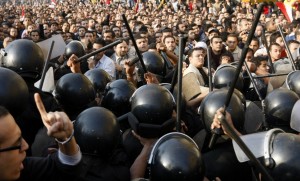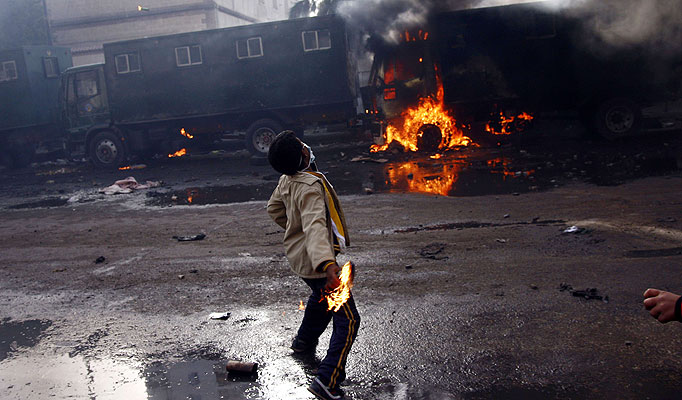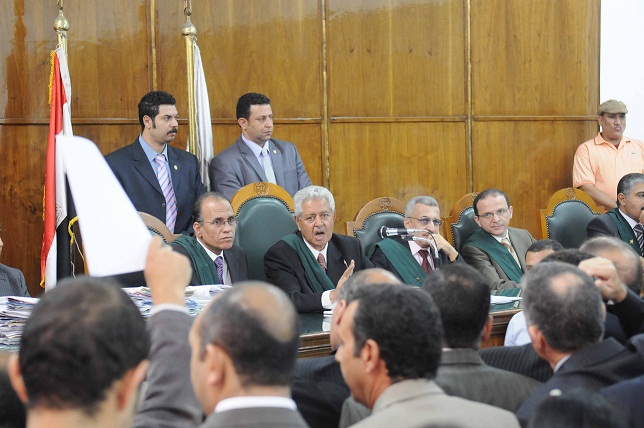
(AFP Photo)
A group of men were stopped by military police at a checkpoint in Dahshur on 30 January 2011. Three of them didn’t have identification cards and were detained. Those with suitable identification were told that the detainees would not be released until their cards were brought in.
The men left the checkpoint and returned with the other men’s IDs only to be told that the detainees had been transferred to Al-Haram police station. When they arrived there, no one could explain where the prisoners were.
A March 2011 report said that 1,200 people went missing during the Egyptian revolution. The report was passed from Essam Sharaf’s cabinet to Prime Minister Kamal Ganzoury’s cabinet. The report represented the first official acknowledgement that the army and police had detained civilians without trials and did not have records of their whereabouts.
The list of 1,200 people is a fraction of those who disappeared during the revolution. Hundreds were released n February following Mubarak’s resignation, but many more were arbitrarily detained during the time the Supreme Council of the Armed Forces (SCAF) ruled the country.
Nermeen Yousri, co-founder of Hanlaqihom (we will find them), says the government has effectively ignored the original March 2011 report, failing to update it and cross check the list of missing people with those who have reappeared.
According to Yousri, most of those who had gone missing and subsequently re-emerged were detained in both military and civilian prisons. Many were beaten and tortured and held in arbitrary detention, without trials and without their family being informed of their whereabouts.
Some were found dead; identified at the morgue after their bodies were brought from detention facilities. The remaining missing persons are likely to have been buried without having been identified.
Hanlaqihom helps families look for missing loved-ones by searching through often unreliable prison records, as well as morgues and hospitals. The group also attempts to disseminate information about missing.
During the ‘Day of Rage’ on 28 January 2011, many protesters left their homes never to return. Ibrahim Al-Saeed Ahmed, a 39 year-old worker, decided to go to Tahrir Square after Friday prayers. Later that day, he was nowhere to be found. According to Hanlaqihom, three months later there were reports that he was in Hikestep military prison; soon after he was said to be in Wadi Al-Natroun civilian prison. However, when his family inquired, prison officials denied ever having seen Ahmed and his location remains unknown until today.

(AFP Photo / Mohammed Abed)
Mohamed Sadiq Tawfik, a 25-year-old student, also disappeared on 28 January; his mother, Sabah Abdel Fattah, searched hospitals and morgues for his body for two weeks until she discovered him alive. She was able to briefly talk to him over the phone on 11 February when he told her that he had been arrested.
After repeatedly trying to call him again over the next few months she got through to a man who said he had been given the phone from his brother, a soldier, and said he had no knowledge of her son.
A fact-finding commission presented a report to the prosecutor general this month, on the government’s role in the crackdown on protesters during 2011, but it failed to directly address the issue of the disappeared.
Yousri said: “This was the only time we had very high hopes, but [the report] didn’t hold many people responsible for the missing people.”
While the Morsy administration has taken steps to release prisoners who were arrested during Egypt’s revolution, many are still unaccounted for; their families continue to search.




